
The autism spectrum disorder risk gene NEXMIF over-synchronizes hippocampal CA1 network and alters neuronal coding
Faculty: Xue Han | Outlet: Frontiers
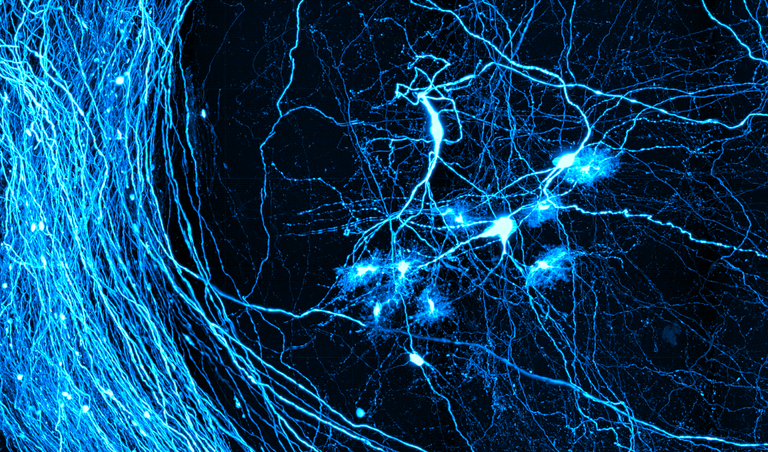
Multiscale label-free imaging of myelin in human brain tissue with polarization-sensitive optical coherence tomography and birefringence microscopy
Faculty: Irving Bigio, David Boas | Outlet: Optica
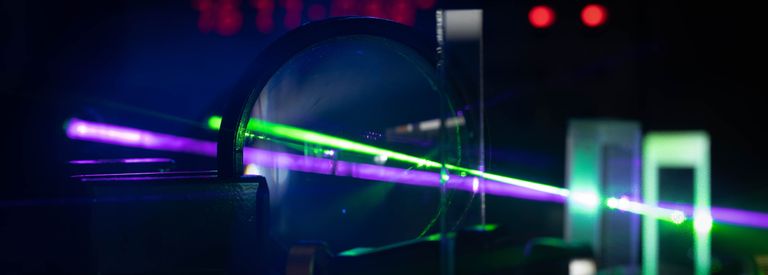
High-speed multiplane confocal microscopy for voltage imaging in densely labeled neuronal populations
Faculty: Michael Economo, Jerome Mertz | Outlet: Nature
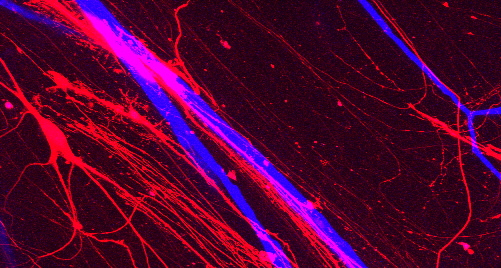
Measuring human cerebral blood flow and brain function with fiber-based speckle contrast optical spectroscopy system
Faculty: David Boas | Outlet: Nature

Manipulating Quantum Interference between σ and π Orbitals in Single-Molecule Junctions via Chemical Substitution and Environmental ControlArticle link copied!
Faculty: Masha Kamenetska | Outlet: ACS
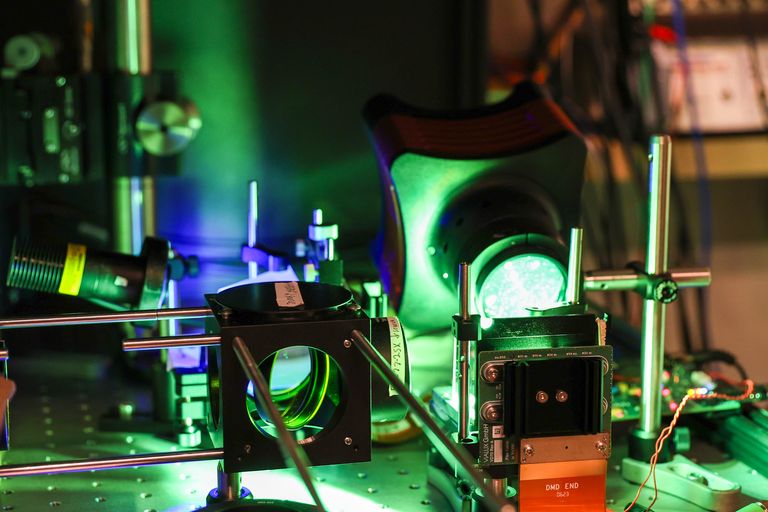
Asymmetric metasurface photodetectors for single-shot quantitative phase imaging
Faculty: Roberto Paiella, Lei Tian | Outlet: Nanophotonics

Parvalbumin neurons enhance temporal coding and reduce cortical noise in complex auditory scenes
Faculty: Xue Han | Outlet: Nature
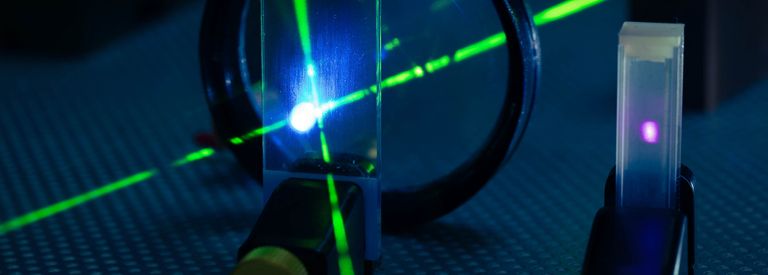
In vivo quasi-elastic light scattering eye scanner detects molecular aging in humans and mice
Faculty: Lee Goldstein | Outlet: IOVS
Ian Davison
Dr. Davison focuses on neural circuits’ underlying perception of and behavior in olfaction, with the overarching goal establishing the circuit architecture and neural computations that map chemical cues onto both stereotyped and learned, flexible behaviors.
Benjamin Scott
The Scott research group’s mission is to identify the mechanisms of cognition by developing and applying new neural technologies. This includes research on inference-based decision making, mental simulations, and adult neurogenesis.